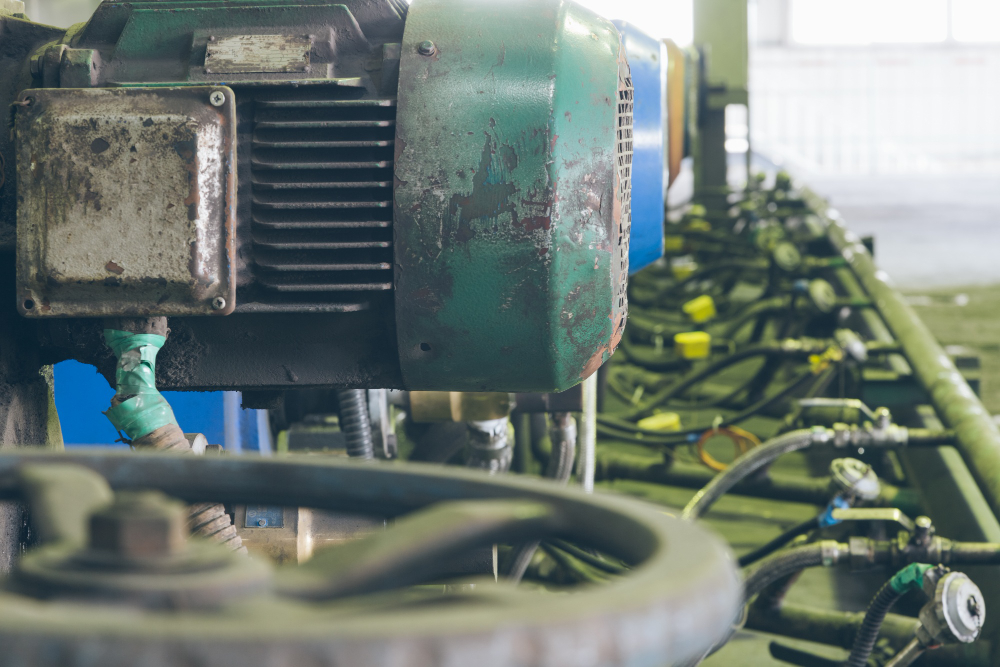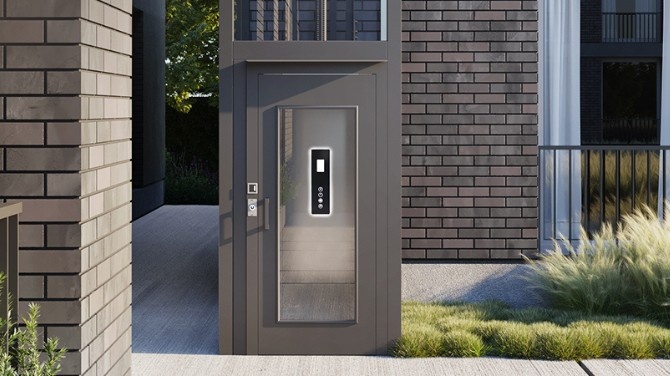Centrifugal pumps play a vital role in HVAC (Heating, Ventilation, and Air Conditioning) systems by ensuring the efficient circulation of water, which is essential for heating and cooling operations in buildings. These pumps are responsible for moving water or other fluids through the system, maintaining optimal flow rates and pressure to ensure consistent climate control. In this article, we’ll explore the role of centrifugal pumps in HVAC systems, their importance for energy efficiency, and how to ensure proper selection, operation, and maintenance.
The Role of Centrifugal Pumps in HVAC Systems
In HVAC systems, centrifugal pumps are used to circulate water through various components like boilers, chillers, cooling towers, and heat exchangers. The water absorbs or releases heat, depending on whether the system is providing heating or cooling. For example, in a cooling system, chilled water is pumped through coils, where it absorbs heat from indoor air, lowering the air temperature before being distributed throughout the building. Similarly, in heating systems, hot water is pumped to radiators or air handlers to warm the indoor spaces.
Key Functions of Centrifugal Pumps in HVAC Systems:
- Water Circulation: Pumps continuously move water through the HVAC network, ensuring that heated or chilled water reaches the designated areas in the building.
- Pressure Control: They maintain the necessary pressure within the system to ensure efficient flow and heat transfer between components.
- Energy Transfer: Pumps help transfer energy between different sections of the HVAC system, promoting effective temperature regulation.
Why Centrifugal Pumps Are Ideal for HVAC Systems
Centrifugal pumps are the preferred choice for HVAC systems due to their simplicity, reliability, and energy efficiency. Their design allows for smooth, continuous flow, which is critical for maintaining consistent temperatures in large spaces. Some specific advantages include:
- Efficient Fluid Movement: Centrifugal pumps can handle large volumes of water, making them ideal for HVAC applications that require constant water circulation over long distances.
- Wide Range of Operating Capacities: These pumps can be customized to operate at various flow rates and pressures, making them suitable for small-scale residential systems as well as large commercial or industrial HVAC systems.
- Low Maintenance: With fewer moving parts compared to other types of pumps, centrifugal pumps have a longer lifespan and require less frequent maintenance.
Ensuring Efficiency in HVAC Systems
To ensure optimal performance of centrifugal pumps in HVAC systems, proper sizing, selection, and maintenance are critical. Below are the key factors to consider:
1. Proper Sizing of the Pump
Selecting the right size centrifugal pump is essential for energy efficiency and system reliability. A pump that is too large for the system will consume more energy than necessary and can lead to excessive wear and tear, while an undersized pump will struggle to maintain adequate flow rates and pressure, reducing the overall efficiency of the HVAC system.
Key factors to consider when sizing a pump:
- Flow Rate (GPM): This is the volume of water the pump needs to move. It depends on the size of the building, the cooling or heating load, and the design of the HVAC system.
- Total Head Pressure (feet or meters): This is the amount of pressure the pump needs to overcome to move water through the system. It includes static head (height difference) and friction losses in the piping and fittings.
2. Variable-Speed Pumps for Energy Efficiency
Many modern HVAC systems use variable-speed centrifugal pumps to improve energy efficiency. These pumps can adjust their speed based on the system’s demand, using less energy when the load is low and ramping up when more water flow is needed. This dynamic adjustment reduces energy waste, especially in large commercial buildings where heating and cooling demands fluctuate throughout the day.
3. Proper Pump Installation
Correct installation is essential for the longevity and performance of centrifugal pumps in HVAC systems. Installation considerations include:
- Correct Alignment: Misaligned pumps can lead to premature bearing failure and increased vibration.
- Isolation Valves: These valves allow for maintenance without shutting down the entire system.
- Vibration Control: Pumps should be mounted on a solid, vibration-dampening base to reduce noise and prevent damage to the pump or piping system.
4. Maintenance Practices for Longevity
Even though centrifugal pumps are relatively low-maintenance, regular inspection and maintenance are crucial to ensure they operate efficiently. Important maintenance tasks include:
- Lubrication of Bearings: Regular lubrication prevents wear and tear on moving parts.
- Checking for Leaks: Seals and gaskets should be checked regularly to prevent water leakage, which can reduce system efficiency.
- Monitoring Vibration and Noise: Unusual noise or excessive vibration can indicate potential issues such as misalignment, impeller wear, or cavitation (air bubbles forming in the pump).
- Cleaning the Impeller and Strainer: Over time, debris can accumulate in the system, reducing the efficiency of the pump. Regular cleaning ensures optimal water flow.
Energy Efficiency and Cost Savings
Energy efficiency is a significant concern in HVAC systems, especially in commercial and industrial applications. Centrifugal pumps, when properly maintained and operated, can contribute to significant cost savings in energy consumption. Variable-speed centrifugal pumps, in particular, allow for adaptive flow control, ensuring that the system only uses as much energy as needed to meet the demand at any given time.
According to studies, efficient pumps can reduce energy consumption in HVAC systems by up to 20-30%, translating into substantial savings in large facilities over time. Additionally, ensuring that the system is free of leaks and properly maintained can further enhance energy savings.
Conclusion
Centrifugal pumps are essential components in HVAC systems, ensuring that water is circulated efficiently to provide heating and cooling throughout buildings. Proper sizing, selection, and maintenance of these pumps are critical to maximizing their performance and ensuring energy efficiency. By using variable-speed pumps and following best practices for installation and maintenance, HVAC systems can achieve greater efficiency, reducing operational costs and extending the life of the system. For building owners and facility managers, focusing on pump efficiency offers both immediate benefits in energy savings and long-term returns through reduced maintenance costs.
Calama pumps are known for their unmatched efficiency and performance. They are used in a variety of applications, including agriculture, industry, and civil engineering. Calama pumps are also backed by a rigorous quality assurance process, ensuring that they meet the highest standards.




